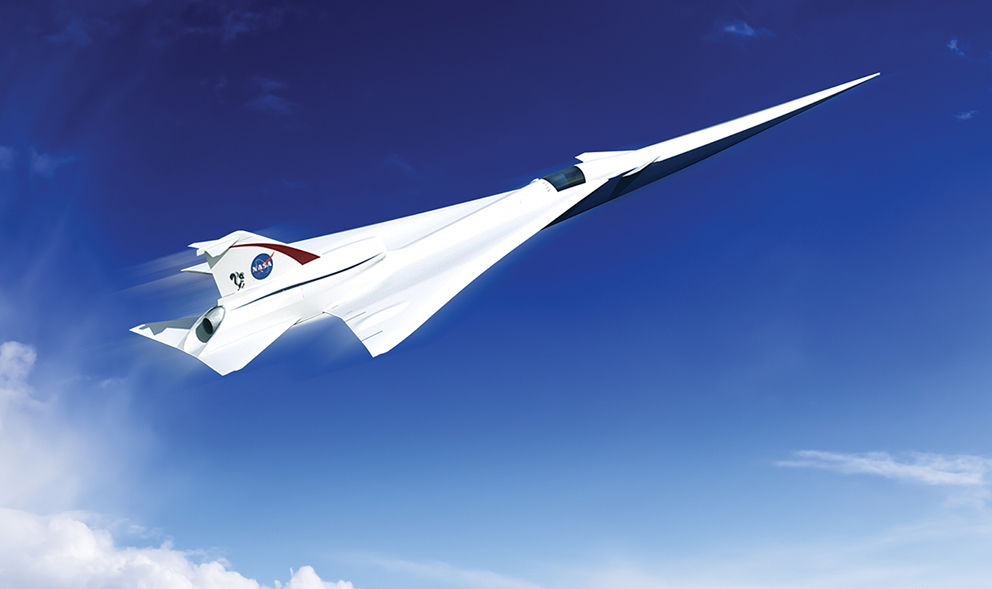NASA has selected a team led by Lockheed Martin to complete a preliminary design for Quiet Supersonic Technology (QueSST). The team includes GE Aviation and Tri Models Inc.
Lockheed Martin will receive about $20 million over 17 months for QueSST preliminary design work. The contract covers the preliminary design of a “low boom” flight demonstration aircraft. This is the first in a series of ‘X-planes’ in NASA's New Aviation Horizons initiative, introduced in the agency’s FY 2017 budget.
After conducting feasibility studies and working to better understand acceptable sound levels across the country, NASA's Commercial Supersonic Technology Project asked industry teams to submit design concepts for a piloted test aircraft that can fly at supersonic speeds, creating what NASA calls “a supersonic heartbeat" — a soft thump rather than the disruptive boom currently associated with supersonic flight.
The Lockheed Martin team will develop baseline aircraft requirements and a preliminary aircraft design, with specifications, and provide supporting documentation for concept formulation and planning. This documentation would be used to prepare for the detailed design, building and testing of the QueSST jet. Performance of this preliminary design also must undergo analytical and wind tunnel validation.
The New Aviation Horizons X-planes will typically be about half-scale of a production aircraft and are likely to be piloted. Design-and-build will take several years with aircraft starting their flight campaign around 2020, depending on funding.

